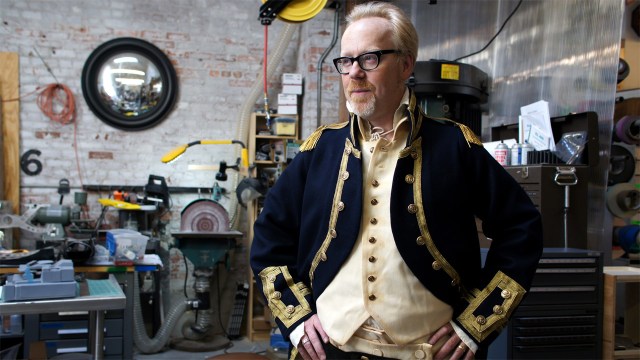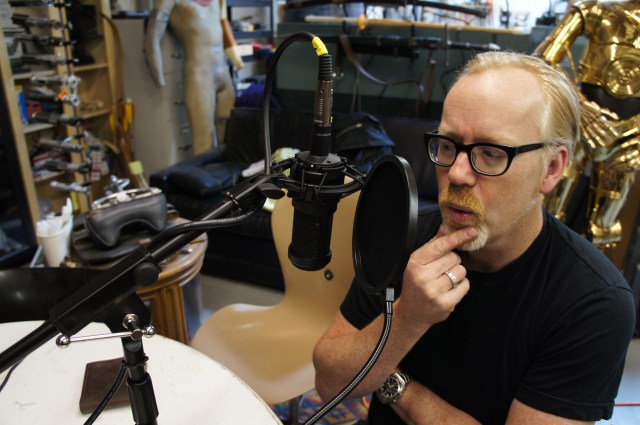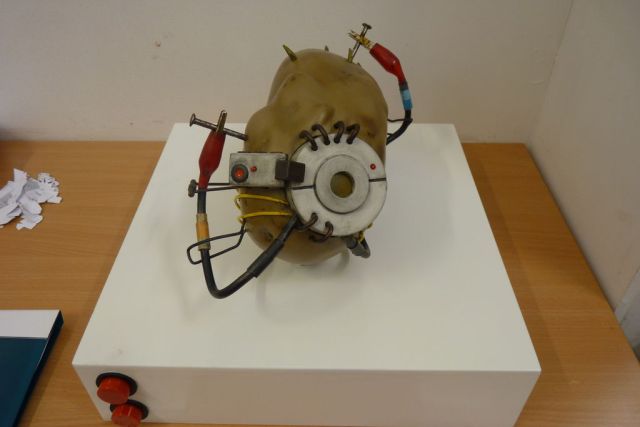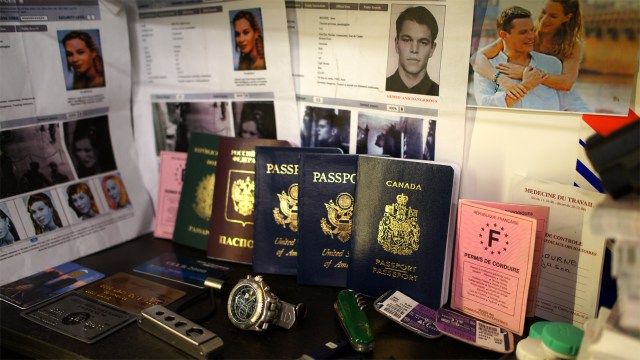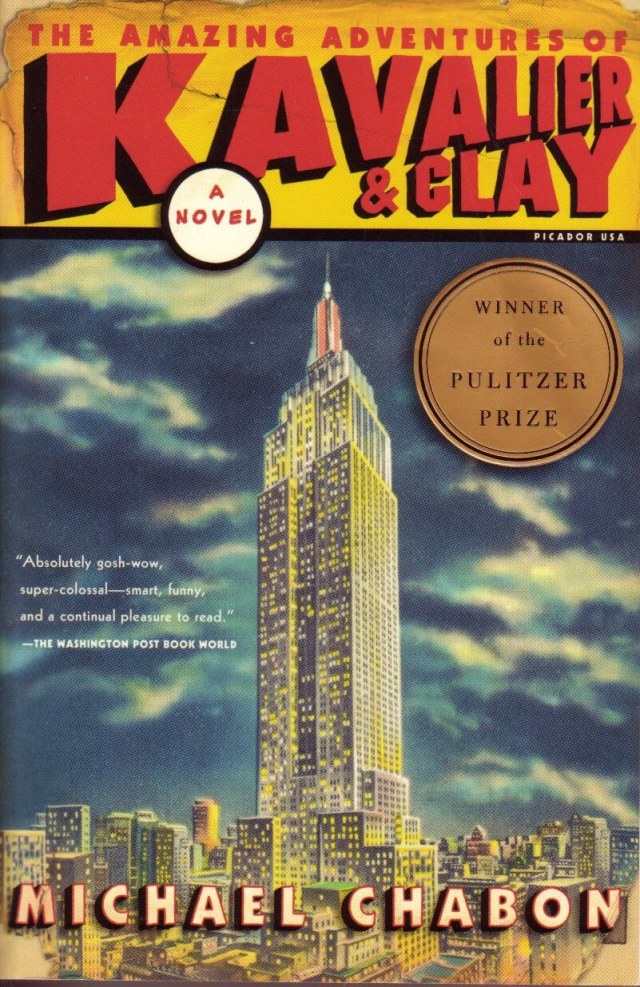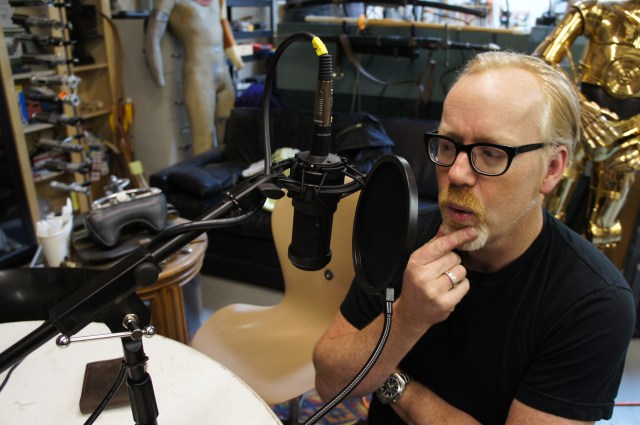Adam Savage shows off his Master and Commander costume inspired by his love for the Peter Weir film. And of all the many components to the costume, one unique piece was actually acquired through a fantastic stroke of luck.
Still Untitled: The Adam Savage Project #12 – Supersonic Savage – 9/11/2012
From his office at M5, Adam tells us what it’s like to fly in an F/A-18 with the Blue Angels. We talk about everything from launch to the _very_ special exercises you need to remain conscious under high-G forces. Trust us, you don’t want to miss this episode of Still Untitled.
Still Untitled: The Adam Savage Project #12 – The Supersonic Savage
From his office at M5, Adam tells us what it’s like to fly in an F/A-18 with the Blue Angels. We talk about everything from launch to the _very_ special exercises you need to remain conscious under high-G forces. Trust us, you don’t want to miss this episode of Still Untitled.
Episode 138 – Whitta Fever – 9/6/2012
This is Only a Test #138 – Whitta Fever – 9/6/2012
On this week’s episode, Gary talks about airlocks, Norm fondles a tablet, and Will has to take a brief timeout. All that, plus the latest from Google, Motorola, Microsoft, Nokia, and fake outtakes. Enjoy!
Inside Adam Savage’s Cave: The Bourne Identity Burn Bag
Adam has spent the past couple years assembling replicas of the contents of Jason Bourne’s “go bag” from the Bourne Identity’s Swiss bank scene. Learn how he recruited the help of other replica prop enthusiasts to identify the contents of the safe deposit box and what Adam would consider putting in his own go bag.
Painting and Weathering My Alien Helmet Replica
I’m a lifelong movie addict, and one of my favorite projects is making replica props and costumes. Nearly every one of these—from R2D2 to Hellboy’s revolver—ends with the paint job. And it’s not just cosmetic. The paint literally tells a story: what this thing is made of, where it’s been, what it’s been used for, and for how long. Get it wrong and your prop just looks dirty. Get it right and it provides a narrative—like the stairs in Grand Central Station, visibly worn by the footsteps of millions of travelers.
The project currently nearing completion on my bench is a space suit from Alien. The original, designed by Jean Giraud/Moebius, was a masterpiece of movie proppage assembled from seemingly anachronistic elements: one part cricket padding, three parts samurai armor. But it was the weathering that really sold the suit, uniting all the components in a gritty future where space travel was primarily about mineral exploration.
The look is called verdigris, a word from old French meaning “Greek green.” You’d know it as weathered bronze or copper. For this finish, I start with an airbrushed black primer, which I pull back with steel wool. I use metallic waxes to highlight certain details, then an airbrush to coat the object with isopropyl alcohol. The alcohol creates a barrier coat for the three or four shades of green I’ll use for the verdigris washes, which I apply with brushes, rags, and sponges.
I wish I could say I’ve got this down to a science. But inevitably, about one-third of the way in, I become convinced that it’s all going wrong. Sometimes I strip everything and repaint it, which creates its own kind of weathering. Other times I add too much dirt, take it away, and add too much again. And again. Even though I know this is my way, I’m always certain that I’m losing control of my project.
Then something happens: I really do lose control. After hours and days of trial and error, I’ll glance at whatever I’m making, and for a moment, it will stop looking like something I’ve created and start looking like something I’ve found. It will begin telling me its story.
(This post originally ran on Wired.com in August 2012)
Still Untitled: The Adam Savage Project #11 – Summer Reading List – 9/4/2012
Still Untitled: The Adam Savage Project #11 – Summer Reading List – 9/4/2012
This week, Adam, Will, and Norm talk about their favorite books. Expect to hear about Michael Chabon, Raymond Chandler, and a whole lot more. Enjoy!






